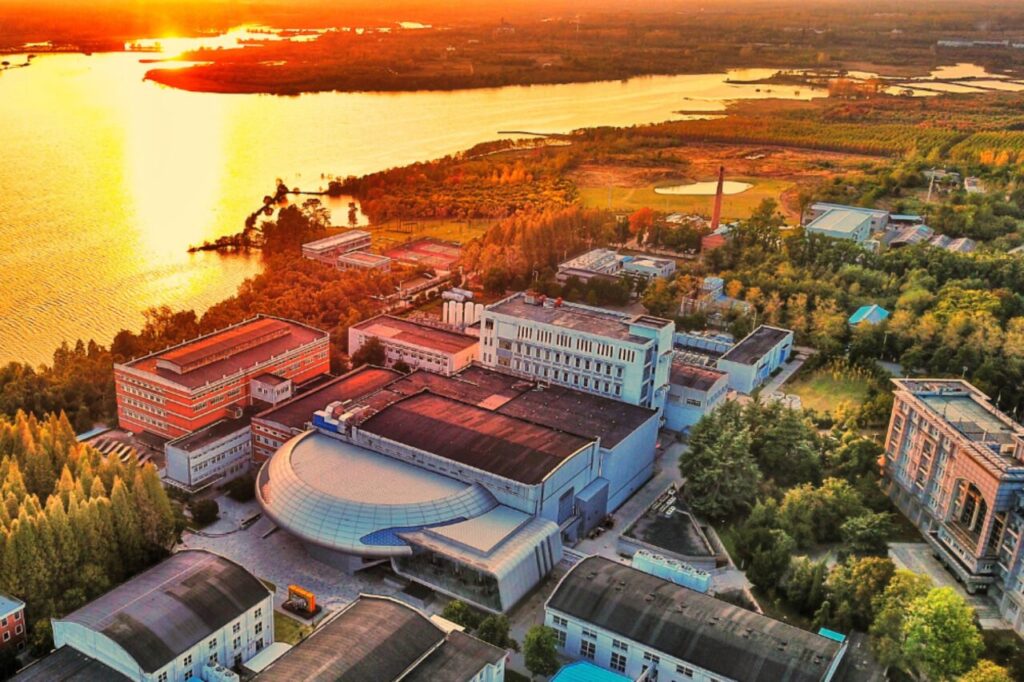
BREAKING NEWS: Physicists in China have shattered the record for the strongest magnetic field ever created, generating an astonishing 35.1 tesla—a magnetic force 700,000 times stronger than Earth’s natural field. This groundbreaking achievement was confirmed in a statement released by the Institute of Plasma Physics at the Chinese Academy of Sciences (CAS) on September 28.
This record-breaking magnet held its strength for approximately 30 minutes, opening new avenues for scientific exploration and experimentation. The previous record of 32.35 tesla, also set by the CAS, has now been surpassed, showcasing the institute’s ongoing advancements in superconducting technology.
“This validated the reliability of the technical solution and provided an important platform for conducting various sample experiments under 35.1 tesla conditions in a fully superconducting magnet,” stated the CAS.
The implications of this development are monumental, particularly for the field of nuclear fusion. Superconducting magnets are pivotal in creating the conditions necessary for fusion reactions, which promise to provide immense energy solutions for the future. Current applications of superconducting magnets span across industries, including MRI scanners and particle accelerators, but their role in fusion technology is particularly critical due to the extreme heat generated during fusion processes.
Achieving superconducting conditions requires maintaining extremely low temperatures, which poses significant engineering challenges. Researchers acknowledge the difficulties associated with integrating this new magnet into a fusion reactor, especially given the high temperatures generated during nuclear fusion. “This magnet adopts high-temperature superconducting insert-coil technology, coaxially nested with low-temperature superconducting magnets,” said Liu Fang, a researcher at CAS, explaining the innovative design that balances these demanding requirements.
While the new magnet is not yet ready for use in a fusion reactor, its development is a crucial step forward for China’s involvement in the International Thermonuclear Experimental Reactor (ITER), a collaborative global project aimed at constructing the world’s largest fusion reactor. Although the CAS has not confirmed whether this magnet will be utilized directly in ITER, it is tasked with supplying several components, including superconducting technologies.
As the scientific community eagerly anticipates further developments, this breakthrough in magnet technology may redefine the landscape of energy production. Researchers and engineers will be watching closely to see how this new magnet can be integrated into future experiments and applications.
Stay tuned for more updates on this significant advancement in physics and its potential impact on energy solutions worldwide.






